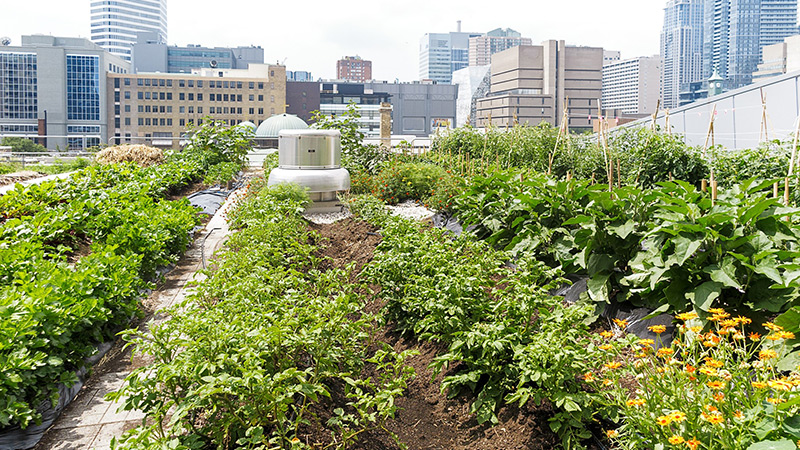New Crop Protection Products for Greenhouse Growers Are on the Way
The challenge of controlling pests and diseases in the greenhouse is ever evolving, but suppliers are on top of it. When there are new pests and diseases, there are also new crop protection products — and research to back up their efficacy.
Raw materials for crop protection products, along with many other goods and services, have been affected by global supply chain disruptions recently. However,
the outlook is positive for 2023.
“I see things stabilizing and getting better, or at least not continuing to go up as rapidly on the conventional chemistry side,” says Dr. Carlos Bográn, OHP Senior Manager of Technical Services. “We all have had to adjust sourcing and long-term plans due to supply chain issues. The increased demand for ‘green’ products may continue to drive prices for biological alternatives, which likely have been undervalued in the market until recent years.”
Market Updates
Recently, OHP has focused on evaluating the compatibility of its products with micro- and macro-organisms used in the biological control of plant pests and diseases.
“The best preparation greenhouse growers can do is to know in advance what pests or diseases are likely to affect their key crops and develop plant health monitoring programs to prevent issues from occurring in the first place,” Bográn says. “This enables growers to use several tools instead of relying on a silver bullet that may not be readily available during the growing season.”
Nufarm’s U.S. Ornamental Segment Lead Heidi Warner says some solutions are still in the developmental stages, while other products have a finalized formula and are going through efficacy and phytotoxicity trials to ensure success when they are used in the field.
“Growers have learned the importance of taking advantage of our early order programs, reducing some stress, and finding out early if substitutions may be necessary, as well as earning rewards to help their bottom line,” Warner says.
New Products and Labels
Bográn says OHP is waiting for a label expansion of Astun fungicide to include additional diseases, including leaf spots and crown rot diseases. It will also be expanding the Seido fungicide label to include control of powdery mildew diseases in greenhouse vegetable crops.
“Lastly, we just received news of the approval of cyclaniliprole, the active ingredient of Sarisa insecticide, into California, which we have been working on for several years now,” Bográn says.
Warner says Nufarm recently launched Engulf GHN, a miticide that is a 2X concentration, which saves space in a grower’s storage room. It has a 28-day residual and is compatible with several beneficial insects. When Nufarm introduced EnGulf GHN, it reworked its Mite Rotational Program to now include TetraSan, Minx2, and Engulf.
“We are always working on improved formulations and expanded labels as the market changes,” Warner says.
Biocontrols On The Rise
Growers have been trending toward bio-based products for the last few years, says Suzanne Wainwright-Evans, Owner of Buglady Consulting.
“They are interested in shorter restricted-entry intervals (REIs) and products that pests are less likely to develop resistance to,” she says. “They are also looking for products that will be compatible in their predatory mite and beneficial insect programs.”
Therefore, growers are looking at products that meet the 25(b)/minimum risk qualifications because they are exempt from Federal Insecticide, Fungicide, and Rodenticide Act (FIFRA) registration.
Those products do not have to be registered with the EPA and are much less restrictive to use. The manufacturers do have to register their products in each state they sell in. Products that fall into the 25(b) category require no personal protective equipment (PPE) and no REI.
“25(b) products came flooding to the market for the cannabis industry but now we’re looking at them for the ornamentals market to see if we can use them in our programs,” Wainwright-Evans says. “Unfortunately, there is not often a lot of information on these products or trial work so it is very buyer beware. We will see more of these EPA-exempt registered products coming to the market.”
This does not mean that traditional pesticide manufacturers are not developing products with shorter REIs, are compatible in biocontrol programs, yet still provide efficacy on pests.
“The changes I have seen with the legacy companies have been very impressive,” she says. “They are listening to what growers need and working towards that.”
The future of crop protection is bright with new products and biocontrols. Research will be key to keeping pests at bay in greenhouse operations.









